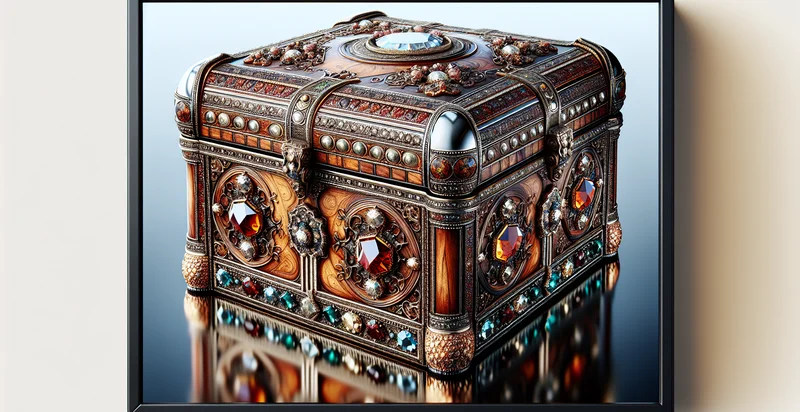Identify jewelry brands
using AI
Below is a free classifier to identify jewelry brands. Just upload your image, and our AI will predict what jewelry brand it belongs to - in just seconds.

Contact us for API access
Or, use Nyckel to build highly-accurate custom classifiers in just minutes. No PhD required.
Get started
import nyckel
credentials = nyckel.Credentials("YOUR_CLIENT_ID", "YOUR_CLIENT_SECRET")
nyckel.invoke("jewelry-brands", "your_image_url", credentials)
fetch('https://www.nyckel.com/v1/functions/jewelry-brands/invoke', {
method: 'POST',
headers: {
'Authorization': 'Bearer ' + 'YOUR_BEARER_TOKEN',
'Content-Type': 'application/json',
},
body: JSON.stringify(
{"data": "your_image_url"}
)
})
.then(response => response.json())
.then(data => console.log(data));
curl -X POST \
-H "Content-Type: application/json" \
-H "Authorization: Bearer YOUR_BEARER_TOKEN" \
-d '{"data": "your_image_url"}' \
https://www.nyckel.com/v1/functions/jewelry-brands/invoke
How this classifier works
To start, upload your image. Our AI tool will then predict what jewelry brand it belongs to.
This pretrained image model uses a Nyckel-created dataset and has 48 labels, including Balenciaga, Balmain, Bulova, Burberry, Bvlgari, Cartier, Celine, Chanel, Chopard and Citizen.
We'll also show a confidence score (the higher the number, the more confident the AI model is around what jewelry brand it belongs to).
Whether you're just curious or building jewelry brands detection into your application, we hope our classifier proves helpful.
Related Classifiers
Need to identify jewelry brands at scale?
Get API or Zapier access to this classifier for free. It's perfect for:
- Brand Authenticity Verification: The jewelry industry is rife with counterfeit products. This function can help retailers and consumers verify the authenticity of jewelry pieces by identifying the brand based on images, thereby protecting brand integrity and consumer trust.
- Influencer Marketing Alignment: Jewelry brands can leverage this function to match their products with social media influencers who align with their image. By analyzing influencers’ content, brands can identify suitable partnerships that resonate with target audiences and enhance marketing efforts.
- Visual Search Integration: E-commerce platforms can enhance user experience by integrating this classification function into their image search capabilities. Customers can upload images to find similar jewelry pieces from specific brands, leading to increased engagement and sales.
- Inventory Management Optimization: Retailers can utilize this function for efficient inventory management by classifying jewelry items based on their brands. This approach allows for accurate inventory tracking, ensures brand representation is maintained, and aids in better stock decisions.
- Targeted Advertising Campaigns: Marketers can deploy this identification function to create targeted ad campaigns focusing on specific jewelry brands. By understanding which brands are trending or being sought after, marketers can refine their campaigns to reach the right audience effectively.
- Competitor Analysis: This function can assist jewelry brands in keeping tabs on their competitors by analyzing which brands are gaining visibility in the market. The insights gained can help brands adjust their strategies, product offerings, and market positioning.
- Customer Insights and Preferences: By analyzing customer-uploaded images and their associated brand classifications, jewelry companies can gather insights into consumer preferences. This data can drive product development, marketing strategies, and personalized customer experiences based on detected brand inclinations.


